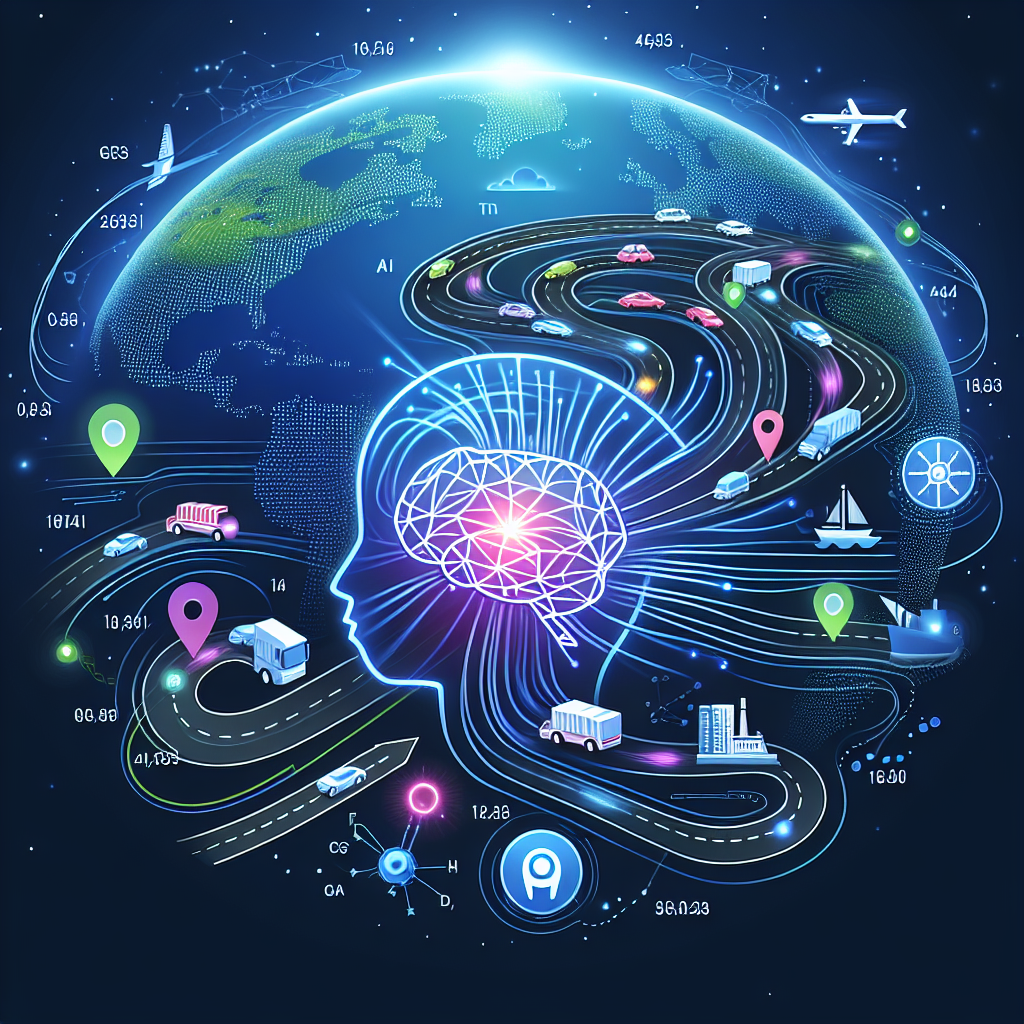In today’s fast-paced world, the transportation industry is constantly evolving to meet the demands of customers who expect real-time tracking and tracing of their goods and services. Leveraging artificial intelligence (AI) has become a game-changer for businesses in the transportation sector, allowing them to improve efficiency, reduce costs, and enhance customer satisfaction.
Real-time tracking and tracing in transportation refer to the ability to monitor the movement of goods and services in real-time, from the point of origin to the point of delivery. This involves tracking the location of vehicles, monitoring the status of shipments, and providing accurate and up-to-date information to customers and stakeholders.
AI technology has revolutionized the way transportation companies track and trace their assets, providing them with valuable insights and data that can be used to optimize operations and improve overall performance. By harnessing the power of AI, organizations can make informed decisions, reduce risks, and enhance the overall customer experience.
One of the key benefits of leveraging AI for real-time tracking and tracing in transportation is the ability to predict and prevent potential issues before they occur. AI algorithms can analyze historical data, identify patterns, and predict potential delays or disruptions in the supply chain. This proactive approach allows companies to take corrective action in real-time, minimizing the impact on operations and ensuring timely delivery of goods and services.
Another advantage of using AI for tracking and tracing in transportation is the ability to optimize route planning and scheduling. AI-powered systems can analyze traffic patterns, weather conditions, and other external factors to determine the most efficient route for delivery. This not only reduces fuel consumption and emissions but also improves overall delivery times and customer satisfaction.
Furthermore, AI technology can be used to improve inventory management and reduce the risk of stockouts. By analyzing demand patterns and historical data, AI algorithms can predict future demand and help companies optimize their inventory levels. This ensures that goods are delivered on time and that customers are satisfied with the service.
In addition to improving operational efficiency, AI can also enhance security and safety in the transportation industry. By integrating AI-powered surveillance systems and sensors, companies can monitor the movement of vehicles and shipments in real-time, identify potential security threats, and take immediate action to mitigate risks. This not only protects valuable assets but also ensures the safety of employees and customers.
Overall, leveraging AI for real-time tracking and tracing in transportation offers numerous benefits, including improved operational efficiency, enhanced customer satisfaction, and increased security. By harnessing the power of AI technology, companies can stay ahead of the competition, reduce costs, and drive innovation in the transportation industry.
FAQs:
Q: What is the role of AI in real-time tracking and tracing in transportation?
A: AI technology plays a crucial role in real-time tracking and tracing in transportation by analyzing data, predicting potential issues, optimizing route planning, and enhancing security and safety.
Q: How can AI improve operational efficiency in the transportation industry?
A: AI can improve operational efficiency in the transportation industry by optimizing route planning, reducing fuel consumption, minimizing delays, and enhancing inventory management.
Q: What are the benefits of using AI for real-time tracking and tracing in transportation?
A: The benefits of using AI for real-time tracking and tracing in transportation include improved operational efficiency, enhanced customer satisfaction, increased security, and reduced costs.
Q: How can companies leverage AI technology for real-time tracking and tracing in transportation?
A: Companies can leverage AI technology for real-time tracking and tracing in transportation by integrating AI-powered systems, analyzing data, predicting potential issues, and taking proactive measures to optimize operations.
Q: What are some examples of AI applications in real-time tracking and tracing in transportation?
A: Some examples of AI applications in real-time tracking and tracing in transportation include predictive analytics, route optimization, inventory management, and security surveillance systems.

